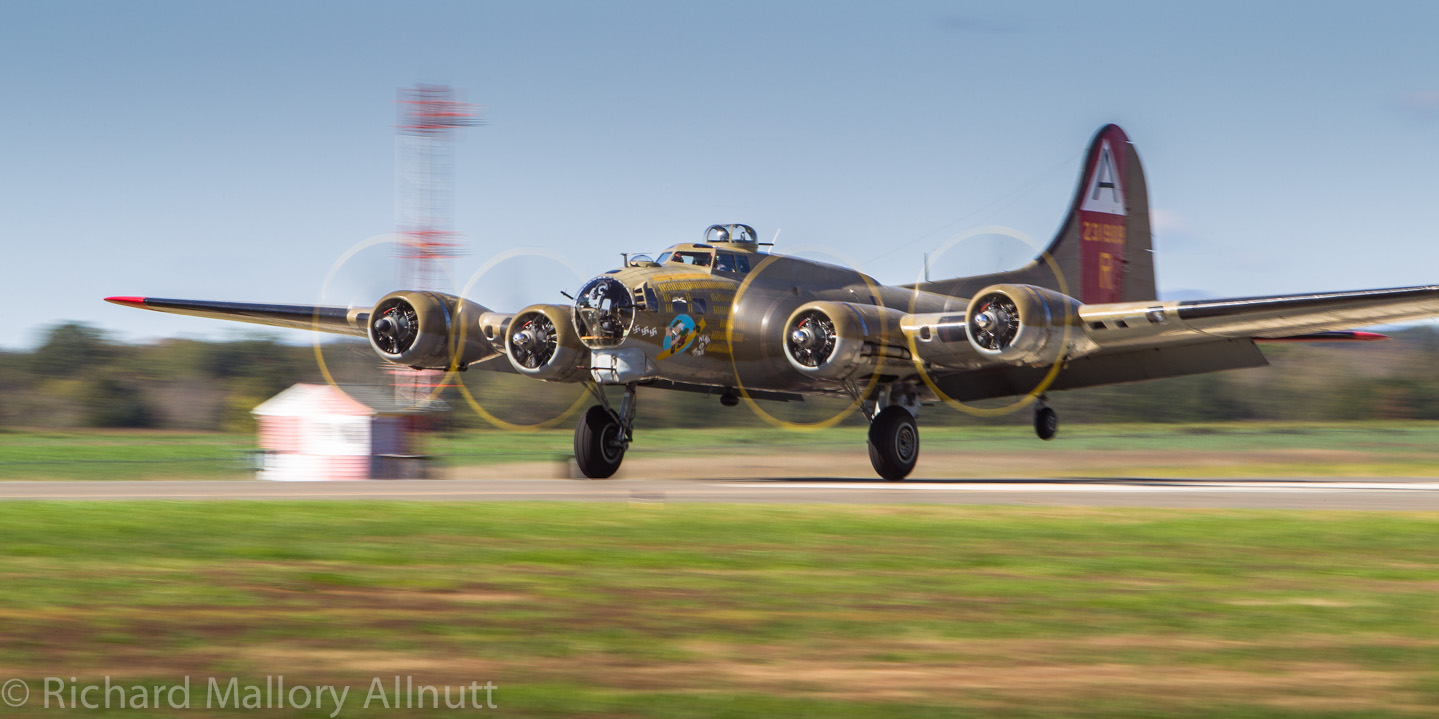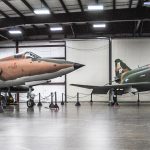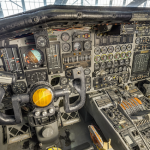The Collings Foundation’s B-17G ‘Nine-o-Nine’ was exempted from the moratorium on “Living History Flight Experiences”, but other aircraft in the collection were not. Now with the moratorium lifted, hopefully Collings, along with many other warbird operators and potential operators will be able to share their vintage aeroplanes with the general public. (Photo by Richard Mallory Allnutt)

The Experimental Aircraft Association has successfully lead a four-year effort to get the Federal Aviation Administration to lift their moratorium on “living history flight experiences.” The moratorium had prevented the approval of any new applications by warbird operators to allow paying passengers to fly in their vintage aircraft. While the moratorium did not prevent aircraft that already possessed the appropriate exemptions from offering rides, like the EAA’s B-17G Aluminum Overcast, it did stymie many other warbirds/warbird operators.
The FAA had originally put the moratorium in place as a temporary measure back in 2011 with the idea of standardizing training practices. Originally slated to last just 18 months, the moratorium lingered far beyond its intended lifespan with no end in sight. Without the weight of the EAA and others pushing back repeatedly against the moratorium, it might easily have been ignored, as the area of aviation affected represents just a tiny fraction of the FAA’s responsibilities, which are dominated largely by the airlines.
EAA representatives spoke about the decision in a recent article published on their website:
“Lifting of the FAA moratorium after four long years is an important first step,” said Sean Elliott, EAA’s vice president of advocacy and safety. “We remain concerned on some of the language and terminology used in the document, however, and how it might be interpreted in the field to limit certain aircraft. We will remain watchful to ensure freedom and consistency for these operations that are extremely popular.”
Elliott added that EAA is ready to assist the FAA through continued leadership on this issue. That could include forming a community-agency partnership to provide feedback policy implementation and interpretation, as well as working to establish safety requirements and documentation of various training programs.
“We will continue to monitor implementation and compliance issues, because the day-to-day FAA decisions in the field are a key to determining how successful this will be,” he said.
EAA will continue to follow-up with the FAA on this and other key aviation issues during meetings in Oshkosh this week.
The decision will affect many operators, such as the Collings Foundation and Planes of Fame in Chino. This is a major victory, not only for the EAA, but for the warbird movement as a whole. It means there is now a potential revenue stream which will at least offset the massive expense of flying some vintage aircraft not previously exempted from the moratorium. It will certainly lead to more warbirds being kept in airworthy condition and, in some cases, might be the difference between keeping an aircraft preserved for future generations or having it fade into the scrap man’s grasp…. at least for the larger types which will struggle to survive outside without funding for maintenance or hangar space.
Another important factor to consider is that flying in a vintage aeroplane, or seeing one fly, is often the spark which lights up a young person’s imagination and lifelong fascination with aviation. This was true for many of those reading this very article. Without that ignition of interest in today’s children, we will not have a future generation willing to preserve this important historical legacy either on the ground or in the air. Well done EAA!






















